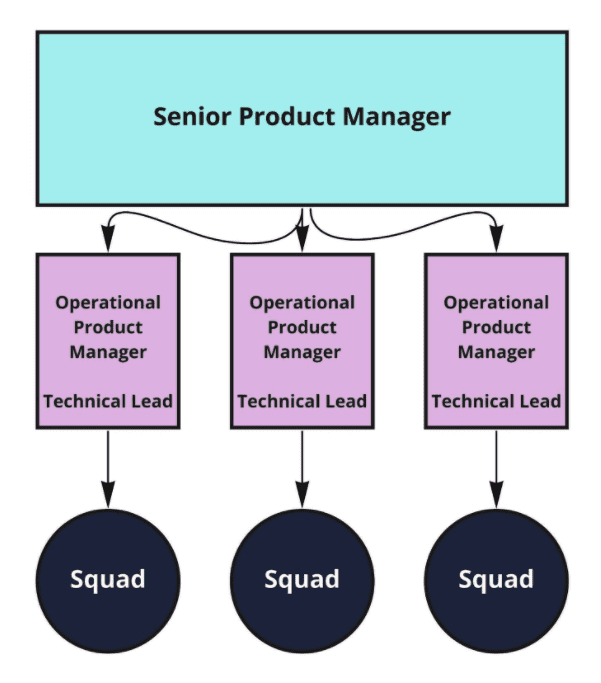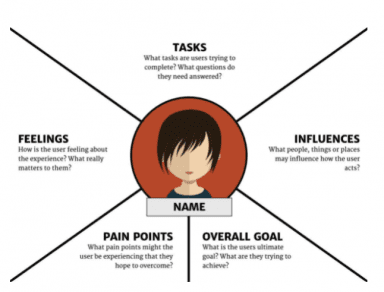Empowerment, innovation and the freedom for creativity to flourish. Welcome to Tyk’s product delivery team.
Tyk is known for delivering exciting products that are changing the way we think about API management. But it’s not just our API management solutions that are different – it’s the way we deliver them. Our product delivery team has built a framework within which creativity and innovation can flourish. And within our culture of radical responsibility, we’ve encouraged every Tykling to be a product manager.
Product delivery at Tyk
Tyk is home to a culture of innovation and empowerment. Our curious, creative team likes to tinker and test, and every engineer has ideas, a voice and an input.
The same is true of our commercial teams and our support functions. Tyk’s culture provides the freedom to take controlled risks, to innovate and to solve problems, with originality deeply embedded.
Within product delivery, this means that every individual becomes a product manager.
Everyone as a product manager
Tyk practices radical responsibility. That means everyone is encouraged to ideate and express opinion – fertile ground for product innovation. But our approach to product delivery runs far deeper than just coming up with ideas. We firmly believe that everyone should think like a product manager. That means thinking deeply about the impact of the idea.
What problem are we solving? For whom? Idea originators score and contextualise the reach and impact of their ideas through a scoring framework. They think about these questions in depth.
Firing low-detail submissions and expecting a product manager to fill in the gaps is not for us. Instead, we encourage collaboration across teams to shape ideas before we think about building. It’s how innovations such as our Open Policy Agent were able to develop – we built a proof of concept with a value proposition behind it, then suddenly Tyk was the only API provider that delivered policy as code.
Understanding the customer motivation for the request is at the heart of everything we do, and we ask everyone who contributes to the product to think in the same way.
From ideas to strategy
Tyk is swimming with great ideas. The product delivery team is here to provide a framework within which those ideas can turn into great results for Tyk’s clients. We don’t dictate what the product could or should be.
Creating that framework wasn’t easy; we didn’t want to put something prescriptive in place that would stifle ideation and cause Tyklings to disengage. That’s why we’ve created a product strategy that acts as guardrails for our product teams. It gives them the freedom to keep creating and innovating while moving ideas forward strategically.
Tyk’s product strategy moves us forward across four key strategic pillars. So far, using it has pushed us into the ‘visionary’ Gartner quadrant. It’s also delivered some superb products and releases for our clients. Win-win.
Product management through devolution
Tyk’s model devolves empowerment for our product managers. The overall Tyk product strategy sets the guardrails, but our product managers have complete power to shape their products. They don’t need approval or sign off. They can innovative and explore creative approaches to problem solving.
Our product management structure has 2 roles. Senior Product Managers (SPMs) are responsible for a whole product area (for example, Tyk Cloud). They fixate on the strategy, the commercial proposition, the external advocacy of the product and customer engagement. The SPM can be responsible for multiple squads, each of which owns a smaller subset of that product area.
We then have Operational Product Managers (OPMs) – one per squad These experts drive strategic clarity, proposition growth and operational excellence. They reduce large strategic concepts into deliverable outcomes whilst driving continuous improvement on how we operate.
Each squad also has an accountable engineering resource called a Technical Lead, who works closely with the OPM. The Technical Lead not only codes, but mentors, drives continuous improvement and drives best practices and standards in our coding approach.
Within each squad we also have a range of execution resources – engineers, QA, UX Designers and Developer Experience Architects – who translate strategies into actual outcomes.
UX research and design thinking
“We are an engineering product for engineers.” This statement is at the core of Tyk. But it doesn’t mean that we don’t have customers and potential customers who want to be guided through a flow that allows them to achieve tasks intuitively and efficiently.
This is where our UX research and design thinking comes into the product delivery model. With design thinking, we always go back to a user’s motivation as the starting point. Our UX experts help us empathise with our users and understand the problem we are trying to solve from their perspective.
Credit: Paul Boag, Nov 2015 – Adapting empathy maps for UX design
Our UX function encompasses research, UX and UI design and developer experience architecture. It means that, once we understand the user’s problem and best to solve it, we can create efficient and engaging solutions.
And yes, sometimes we do present the same task in two different ways; for example, a task can be completed via the UI for the non-technical user, and via the command line for the developer.
Our delivery frameworks
Ok, we use Scrum. But we’ve never made that big a deal about the delivery framework. It’s a framework, not an order; we encourage teams to test processes and work in a way that optimises their results.
Yes there are some non-negotiables and guardrails, of course. We have a consistent user story template. We apply definition of done (DoD) to common criteria. And we have consistent ceremonies across teams.
But after that, each product team can shape how they work. Want to use three-week sprints? Fine. Feel like using Kanban? Go for it. Want to run longer planning and grooming sessions? Entirely up to you.
What is important for us is that the delivery framework fans the flames of our entrepreneurial spirit. Tightly controlled delivery frameworks have their place, for example in highly regulated environments or Financial Services where risk exposure is high. But in Tyk we can take controlled risks – we encourage doing so, in fact – so the delivery framework has to provide space to innovate.
Product delivery in 2022 – what’s on the cards?
Predictability and agility are the cornerstones of our product delivery focus in 2022. We want to move to a full continuous delivery model with the ‘baked-in’ software engineering disciplines that enable this to be done safely.
Our aim is to provide each product area with an ‘always ready’ release branch which can be cut and sent out at point of need.
We are considering the concept of release trains right now, and a change to an ethos of ‘ship what we have’ to a more regular and predictable cadence. This poses some cultural change questions that we’re currently mulling over.
We’re also focusing really carefully on uplifting our continuous testing coverage. We’ve brought tooling to give us signposts on code quality, key engineering metrics, test coverage, and cycle time. High levels of automation and autonomy is where we want to be. There are exciting times ahead…

